Questions Factfulness
Question 1
The internet is the backbone of the digital world. Many people around the world already have access to it and a lot do not. But every day the army of the connected keeps growing. So … At the current rate, how many new people are connected to the internet each day?
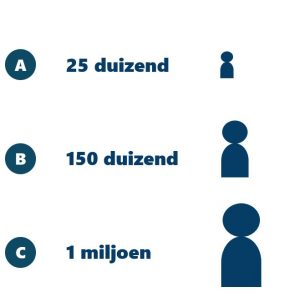
Question 2
Which of these maps best reflects the current amount of smartphones in the world? (Each figure represents 200 million smartphones)
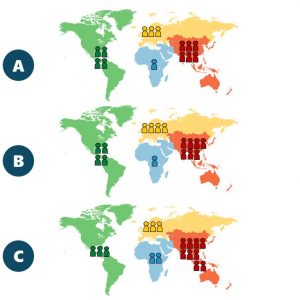
Question 3
Which part of the total world population is currently active on social media?
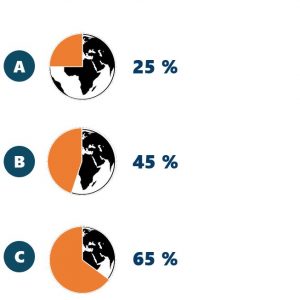
Question 4
What are currently the seven most popular programming languages? (As rated in the TIOBE Programming Community Index Definition, March 2019)
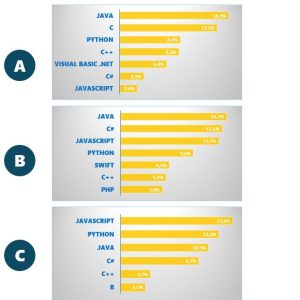
Question 5
There are many different cloud vendors, but there’s the Big Three consisting of Amazon, Microsoft, and Google. But how do they stack up against each other and against the rest? So…As measured by application workloads, which figure best reflects the current adoption of different public cloud IaaS platforms?
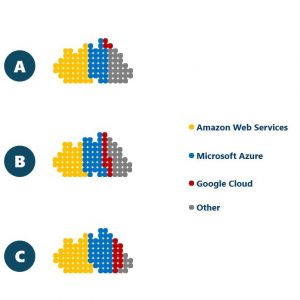
Question 6
The music industry is a classic example of a business disrupted by digital transformation. CDs got competition from downloads, and downloads from streaming. All still are active formats and add to revenue of the business. But in what proportion? So…How do the different formats currently contribute to the music industry’s revenue?
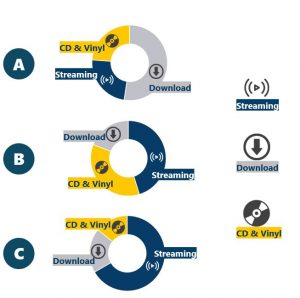
Question 7
The Internet of Things is a rapidly growing field. More and more smart devices and sensors are joining computers and smartphones in the league of connected devices. So…How many connected devices are there currently in the world? Expressed as the average number of devices for each person on Earth.
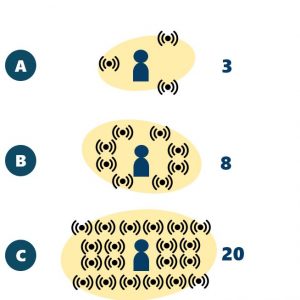
Question 8
The amount of data we all produce keeps growing at a staggering rate, and the same goes for internet traffic around the world. But how much traffic is it, expressed into things we can relate to? So…Which of these set of statements is representative for one hour of internet traffic throughout the world nowadays?
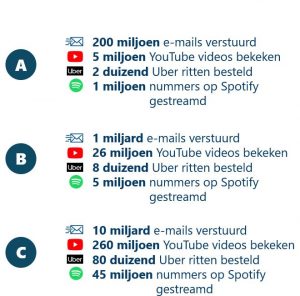
Question 9
Data centres are rapidly moving into the cloud, but traditional data centres still play a role. So…What’s the current ratio between traditional data centres and cloud data centres? (As measured by workloads and compute instances.)
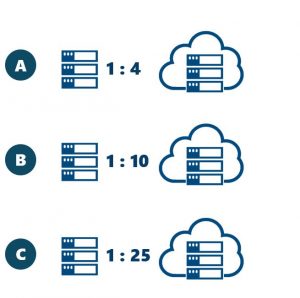
Question 10
Advances in artificial intelligence, machine learning, and robotics pave the way for further automation in the workplace. This will impact the jobs people perform. But how much? So…For which percentage of all occupations can be at least a third of the activities be automated?
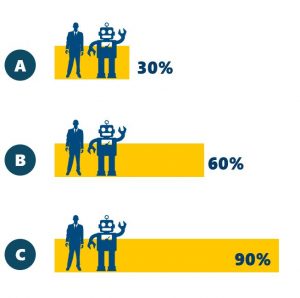
Question 11
Blockchain is a technology that’s been in the spotlight quite a lot recently. Not in the least because of the rise (and fall) of cryptocurrency. But how quick are transactions on a blockchain at the moment? Or, to put it a little differently, what is the average time to add a block, the so-called block time? Let’s take one of the most widely used blockchain platforms, Ethereum. So … how long does it take to add a new block to the Ethereum blockchain?
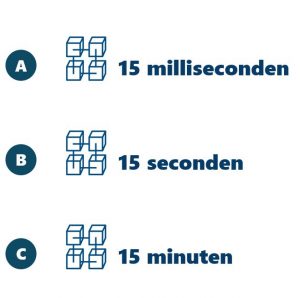
Question 12
Getting back to the Internet of Things (IoT). What is currently seen as the biggest obstacle for adoption of IoT solutions?
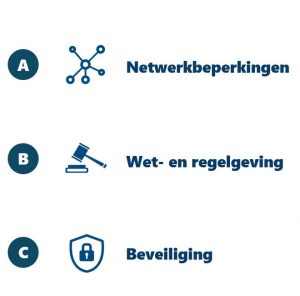
Question 13
For the final question we return to social media and enter the world of messenger apps. Which are the largest ones and how much users do they have? So…Which set shows all mobile messenger apps that have more than 500 million monthly active users?
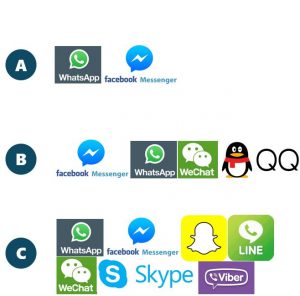
The answers
1: C | 2: C | 3: B | 4: A | 5: A | 6: B | 7: A | 8: C | 9: B | 10: B | 11: B | 12: C | 13: BT
He results are in … Now that you’ve rated your answers, how did you do? Digital Einstein? Still much to discover? Or somewhere in between? Any answers that surprised you? I hope there were! Leave a comment and let me know.


